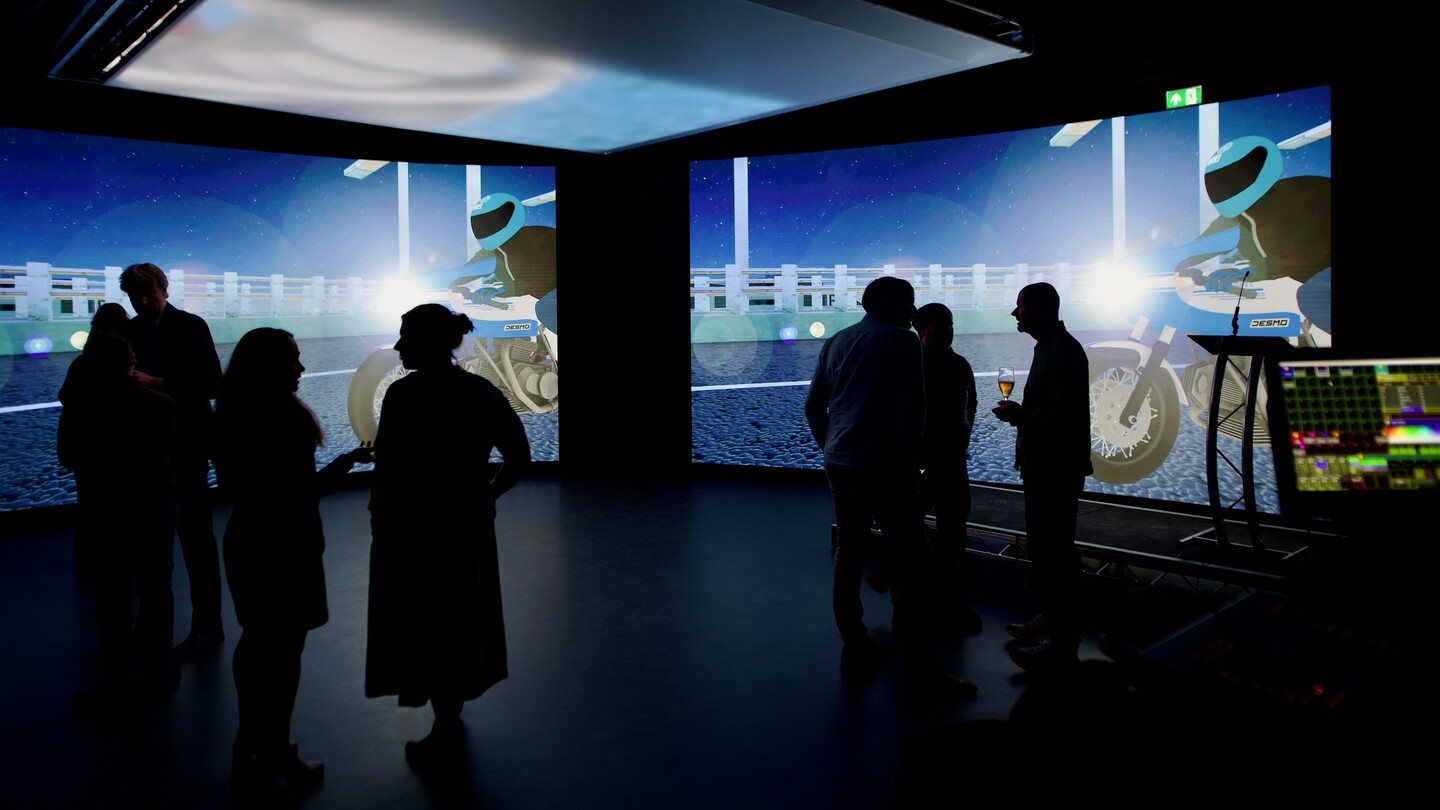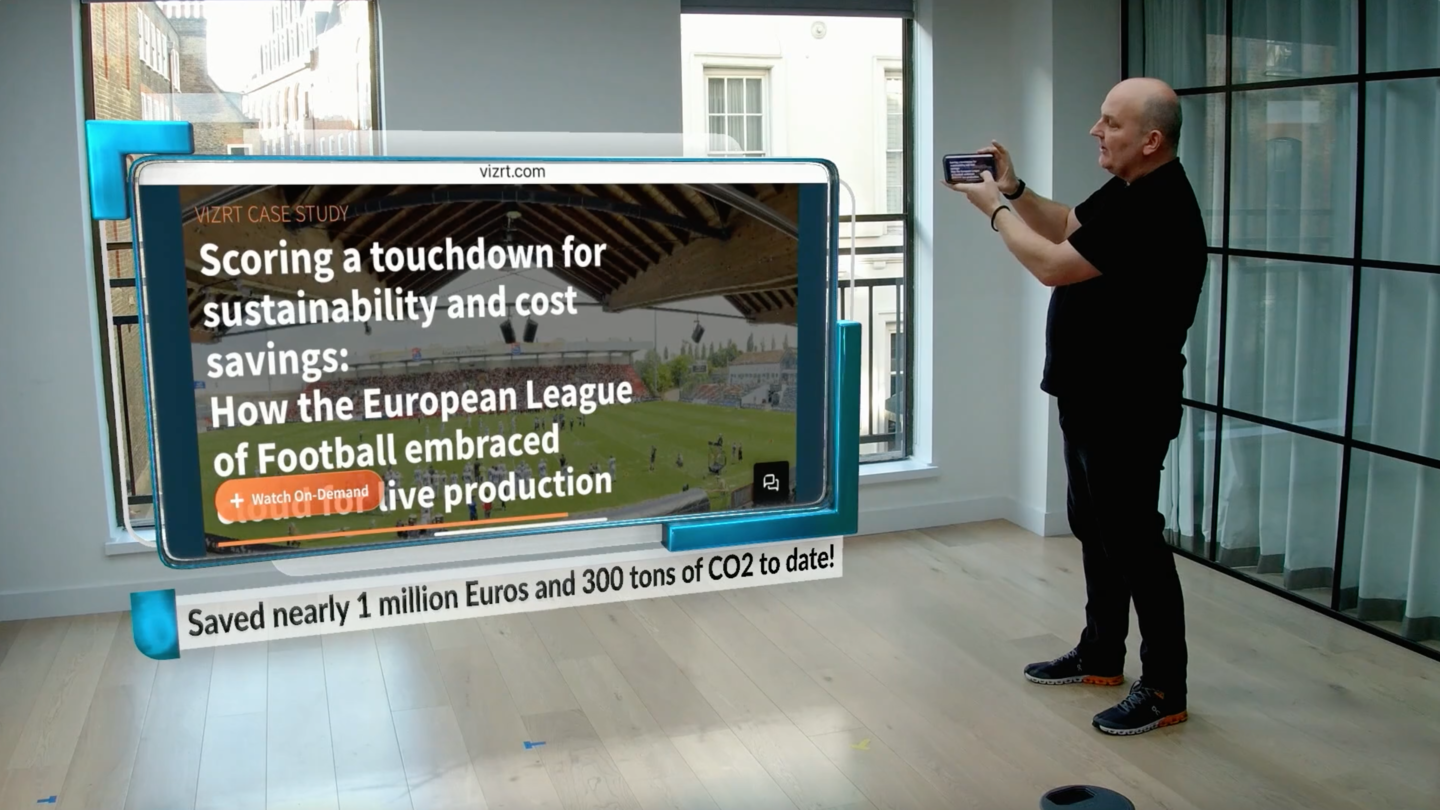The VP of Unity Wētā Tools gets under the skin of 3D content creation, and emphasises the value of real time in conversation with Michael Burns.
Natalya Tatarchuk, Vice President of Unity Wētā Tools, isn’t looking to change the world of 3D content creation, but make it more efficient and accessible. Interviewed before her keynote appearance at IBC2023, on the eve of a substantial release of new and updated tools for the Unity platform, Unity’s Distinguished Technical Fellow and Chief Architect, and former AAA games developer, wants to “empower artists to be more effective”.
Ahead of her IBC2023 session, Bringing Wētā Tools To Real-Time, we found Tatarchuk happy to discuss how artists and studios can use real-time tools to be both more creative and productive and how AI can help replace, not artists, but those boring tasks that artists hate.
Unity, already a leading platform for creating interactive content, was boosted in 2021 by the $1.62bn purchase of Wētā Digital’s tools, pipeline, technology, and engineering talent, as well as the $130m purchase of real-time simulation and deformation specialist Ziva Dynamics. More recently, the Siggraph 2023 conference in mid-August saw the launch of the Unity Wētā Tools division for making film and real-time 3D animations and games. Tatarchuk’s IBC2023 session promises...
You are not signed in.
Only registered users can view this article.
.jpeg)
Juno Innovations to bring VFX at scale closer to home
Moving VFX workflows to the cloud has proved challenging, but a US-based startup could be about to change that. Adrian Pennington reports.

Freely highlights HbbTV’s role in evolution to all-IP future
As more UK consumers decline to connect their TVs to an aerial, UK broadcasters are looking to the Freely platform to ensure their continued relevance. CTO Orf Warr explains the technology choices underpinning the platform.

One4HDD: Further R&D in 5G broadcast dependent on government priorities
Hot on the heels of a successful demonstration at Brands Hatch, DTG’s Alex Buchan discusses the evolution of the 5G One4HDD project and how it may yet progress beyond its official 31 March ending, providing fresh government funding falls the right way. George Jarrett reports.
Live volumetric streaming: “Volumetric video is better than conventional video”
Volumetric video holds the potential to re-invent the live-streaming experience, with UK tech outfit Condense emerging as a pioneer.
.jpg)
End of an era: Retiring Dr. Blakeway says IBC Board is “all about the strategy”
As he retires from the IBC Board, former SCTE President Dr. Roger Blakeway discusses the origins of the collaboration between the two organisations, the development of the IBC organisation, and the show we recognise today.



